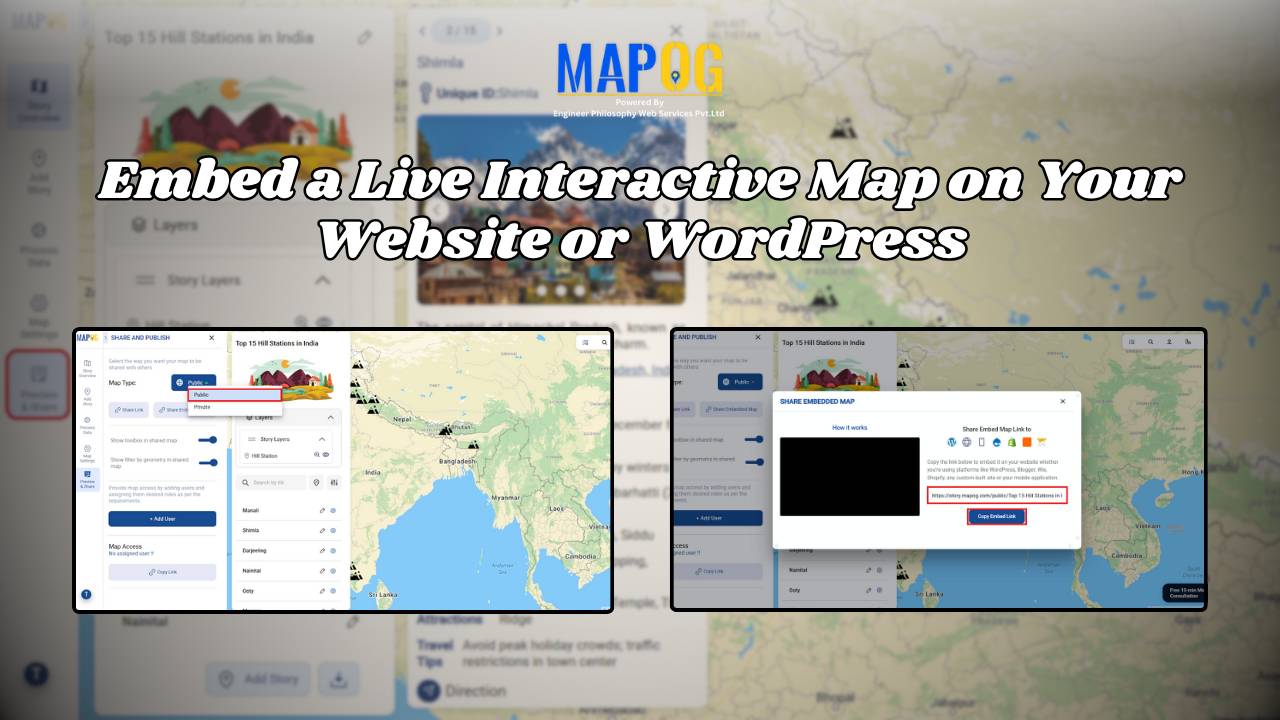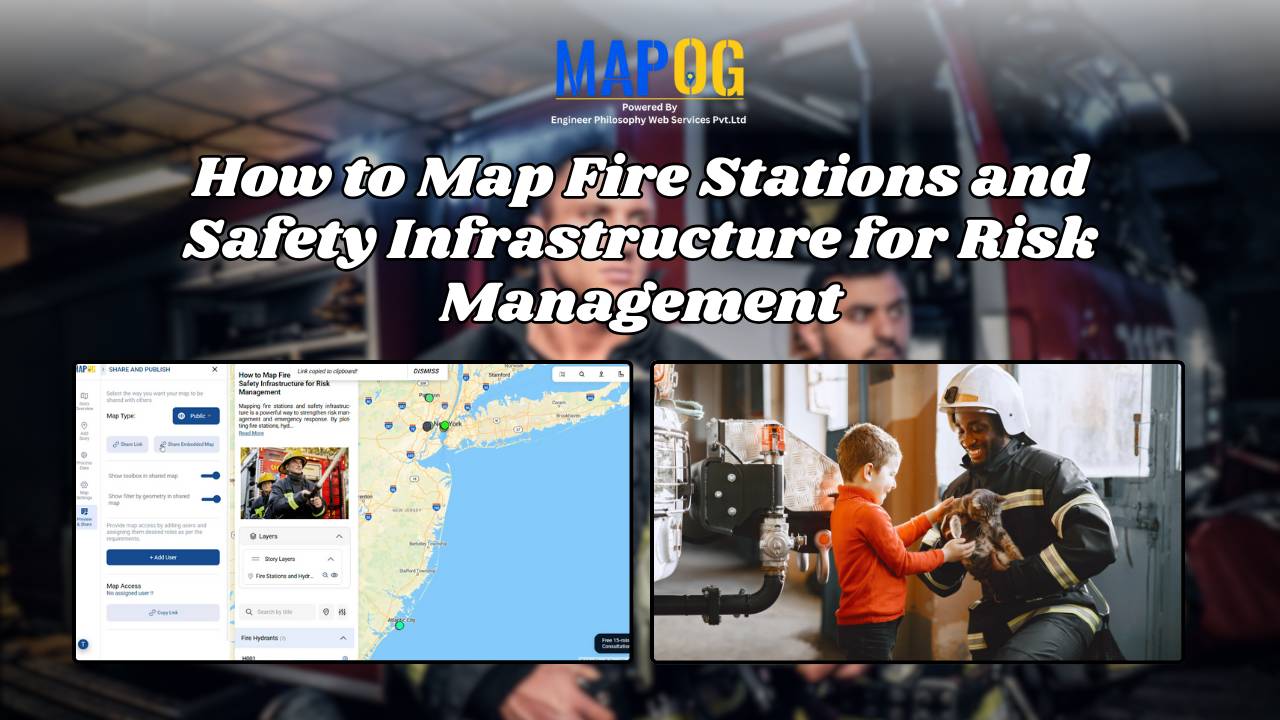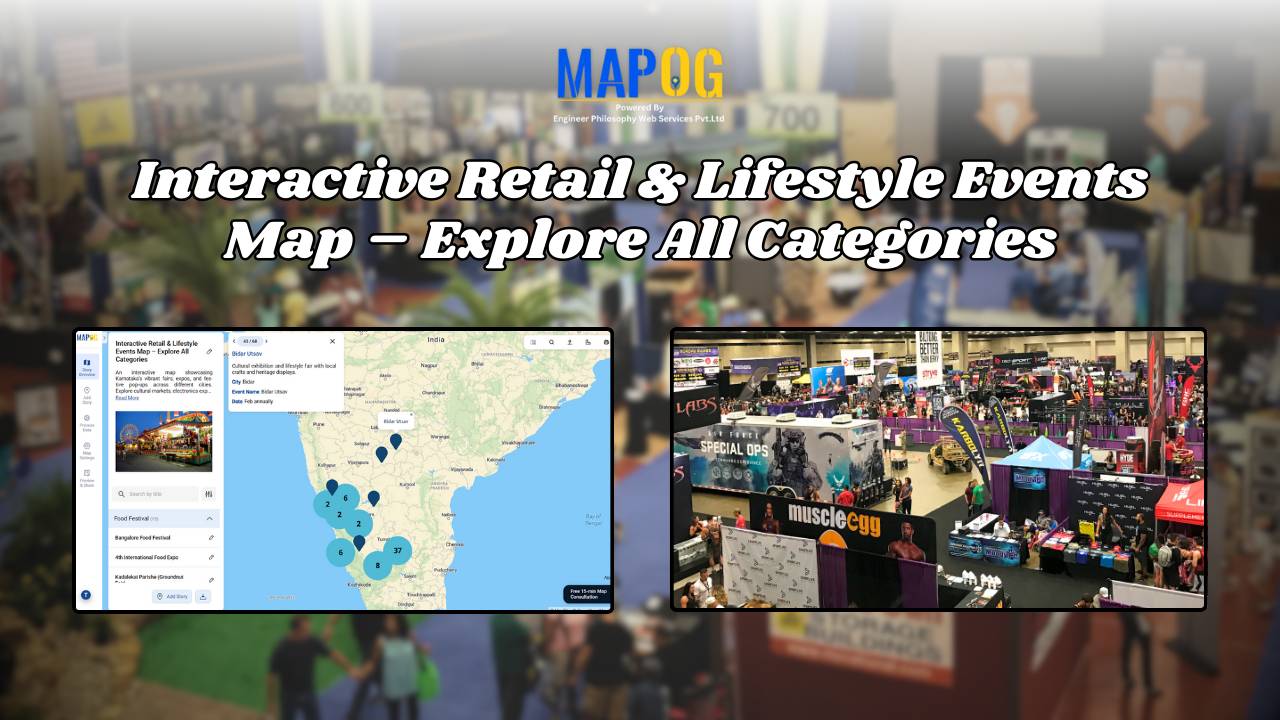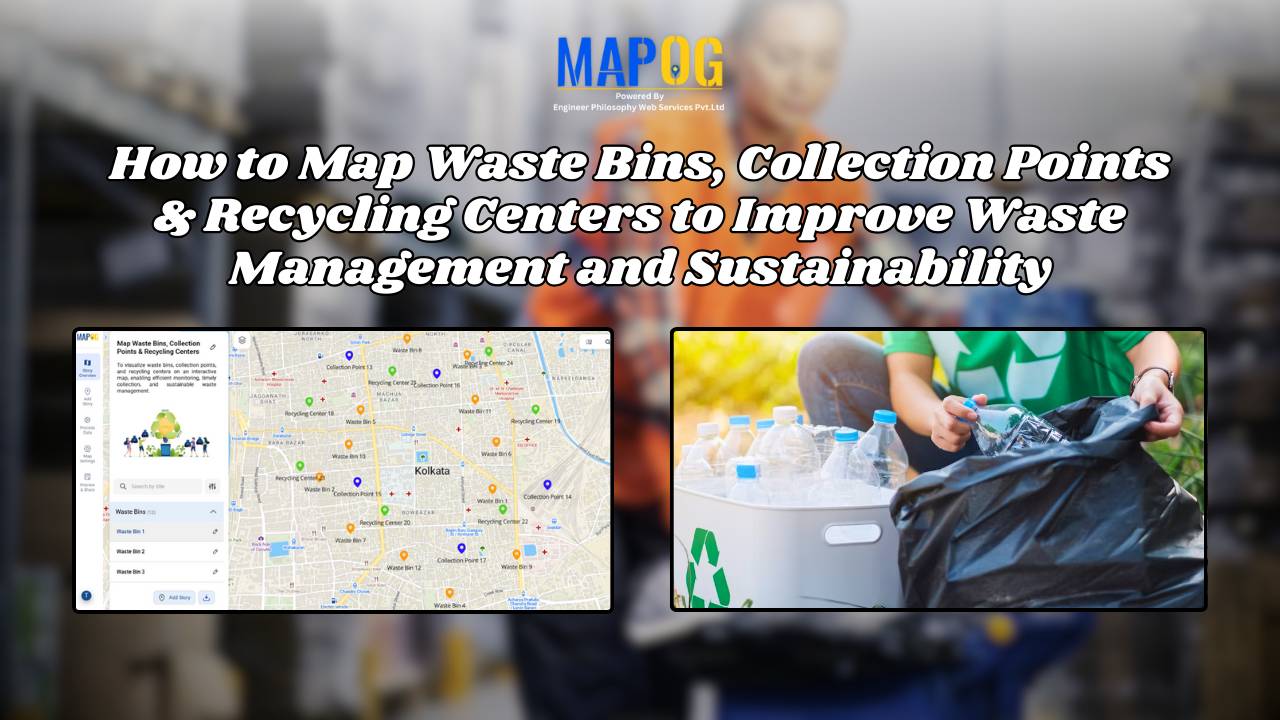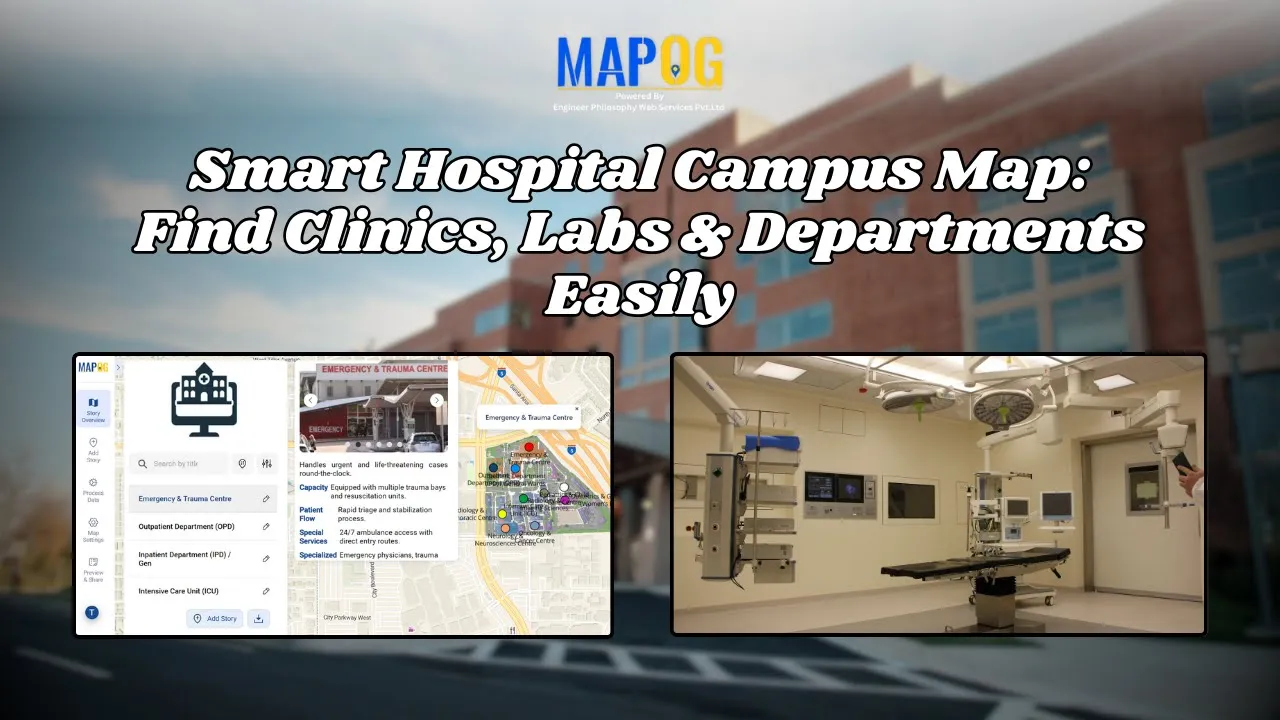Embed a Live Interactive Map on Your Website or WordPress
Today, readers expect more than plain text when exploring content online. To begin with, a simple list of destinations, business locations, or data points often fails to hold attention. This is why the ability to embed a live interactive map makes a difference. Instead of static descriptions, maps let audiences explore places visually, click on … Read more
